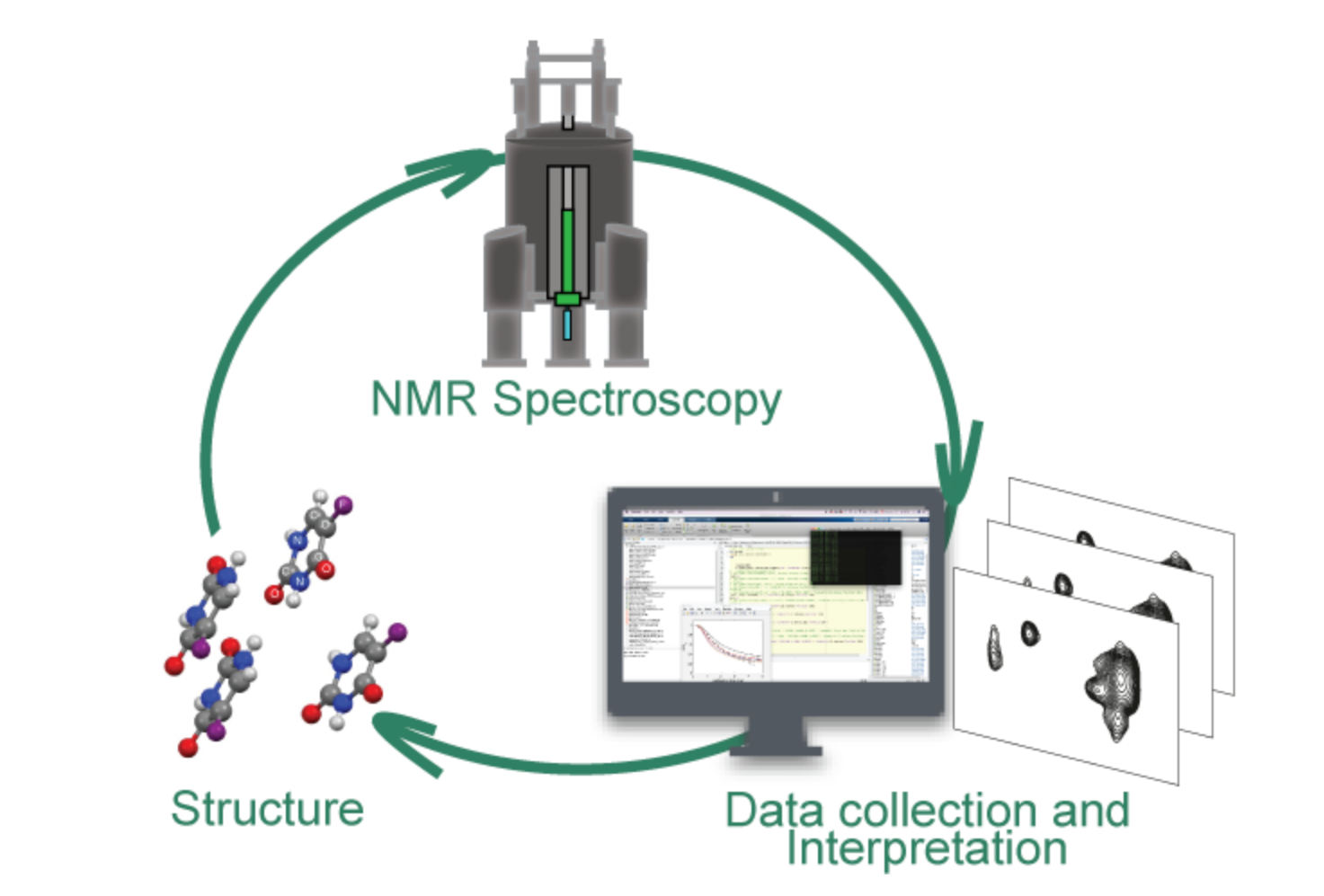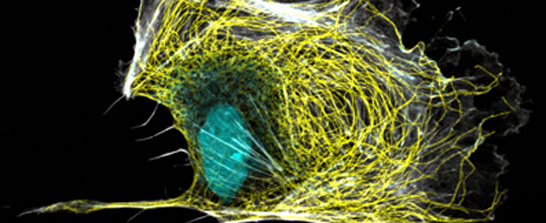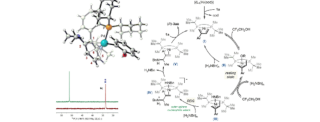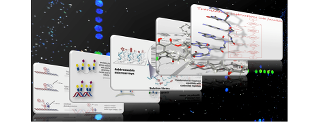Recherche
Sélection actuelle :25 groupes de recherche
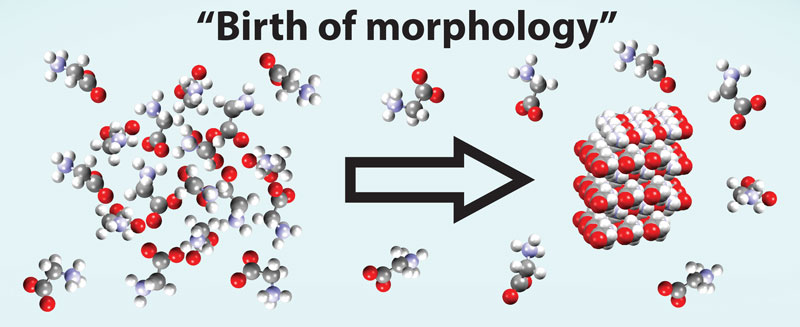
Takuji ADACHI
Development of in-situ optical spectroscopy tool to investigate molecular aggregation process toward phase transition and control the resulting self-assembled structure and function (molecular crystal, supramolecular assembly, amyloid fibril etc.).
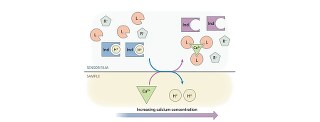
Eric BAKKER
Chimie analytique, électrochimie, capteurs électrochimiques, principes de detection optique, optodes pour ions, capteurs exhaustives, conversion photoélectrique, extractions activée par lumière, réactifs nanosphériques, caractérisations de matériaux, polymères et modifications de polymères, analyses environnementales et biomédicales
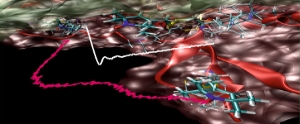
Enrica BORDIGNON
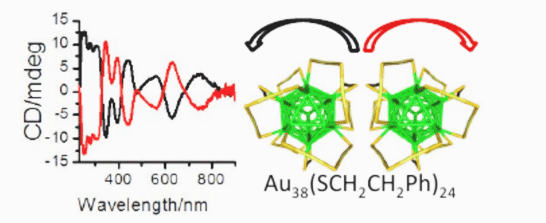
Thomas BÜRGI
Chemistry, spectroscopy and applications of surfaces, interfaces and chiral nanomaterials: Development and application of spectroscopic techniques to probe solid-liquid interfaces, preparation and applications of chiral nanomaterials, enantiodifferentiation, vibrational optical activity, self-assembly of plasmonic nanomaterials.
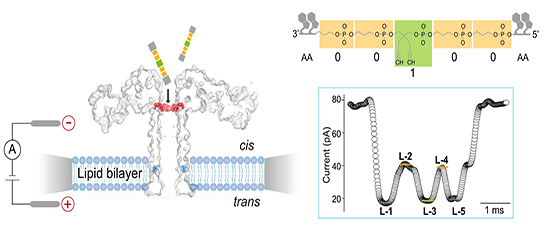
Chan CAO
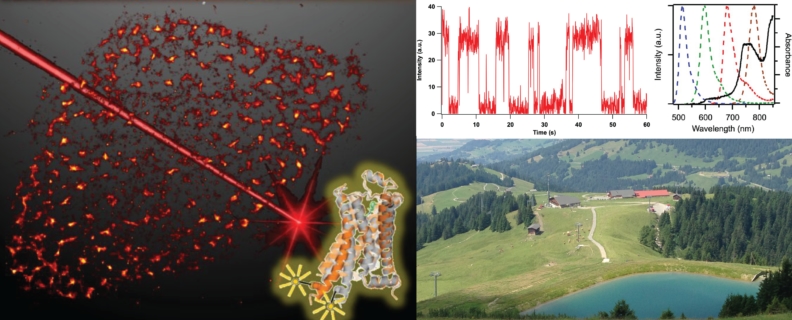
Alexandre FÜRSTENBERG
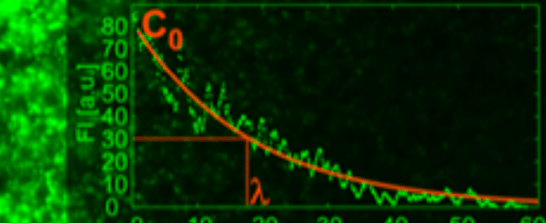
Marcos GONZÁLEZ GAITÁN
We want to understand in physical and molecular terms how cells talk to each other during development. This means our research is highly interdisciplinary: physics, cell biology, molecular biology, biochemistry, genetics... Indeed some of us in the lab are biologists, other physicists, chemists, engineers.
We are interested in the signaling events that control tissue growth: how is the shape and final size of a tissue achieved during embryogenesis?
We focus on two types of proliferation modes: growth control by morphogen gradients and asymmetric cell division in stem cells. We do this using two model systems: Drosophila and Zebrafish.
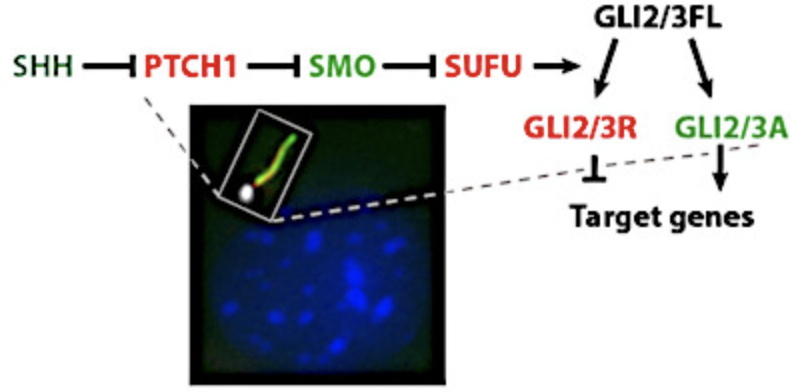
Sascha HOOGENDOORN
Molecular tools to study and pertub Hedgehog signaling and the primary cilium
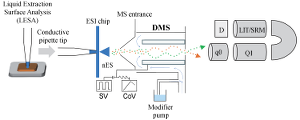
Gérard HOPFGARTNER
Chimie analytique et spectrométrie de masse de petites molécules (composés organiques et pharmaceutiques) et de macromolécules (protéines). Imagerie par spectrométrie de masse, ionisation MS, MS haute résolution et acquisition en mode data indépendant, spectrométrie de masse à mobilité ionique, techniques séparatives et couplage MS, analyse de données, librairies MS, bioanalyse, métabolisme, toxicologie, metabolomics, lipidomics, protéomics, analyse quantitative ultra rapide.
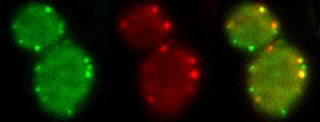
Marko KAKSONEN
We study the molecular mechanisms of membrane traffic, especially clathrin-mediated endocytosis. We aim to understand the assembly, function and regulation of the complex molecular machineries that drive the formation of endocytic vesicles. Our main experimental organism is budding yeast. We use a combination of quantitative live-cell imaging, electron microscopy, genetics, biochemistry and structural biology.
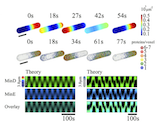
Karsten KRUSE
We study the formation of spatial and temporal structures in individual biological cells and cells assemblies. The focus of our work is on theoretical descriptions of cytoskeletal dynamics. The cytoskeleton is a network of filamentous proteins, which is kept permanently out of thermodynamic equilibrium. It enables cells to divide, determines their shape and plays an important role in cell locomotion. In our descriptions, we rely heavily on concepts from non-linear dynamics and from non-equilibrium statistical mechanics.

Jérôme LACOUR
Chimie organique de synthèse, chiralité et reconnaissance moléculaire: Réactivité organométallique et transformations asymétriques ; Applications synthétiques, physiques et biologiques de carbocations (chiraux) très stables ; Énantiodifférenciation RMN de substances chirales ; Chimie du phosphore hexacoordiné
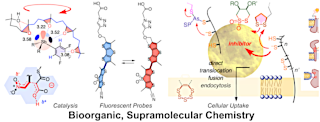
Stefan MATILE
Organic Synthesis, Supramolecular Chemistry, Bioorganic Chemistry, Functional Systems, Unorthodox Interactions
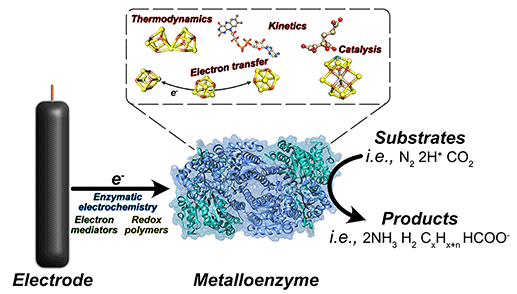
Ross MILTON
Research interests: Electrochemistry of metalloenzymes to study electron transfer and catalytic mechanisms for new biotechnologies.
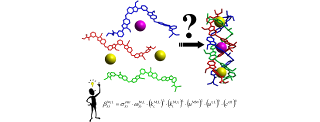
Claude PIGUET
Chimie supramoléculaire des éléments f.
Synthèse de matériaux polymétalliques luminescents et magnétiquement actifs. Thermodynamique des auto-assemblages. Molécules capables d'induire une conversion de lumière vers les hautes énergie (optique linéaire). Cristaux liquides luminescents thermotropes.
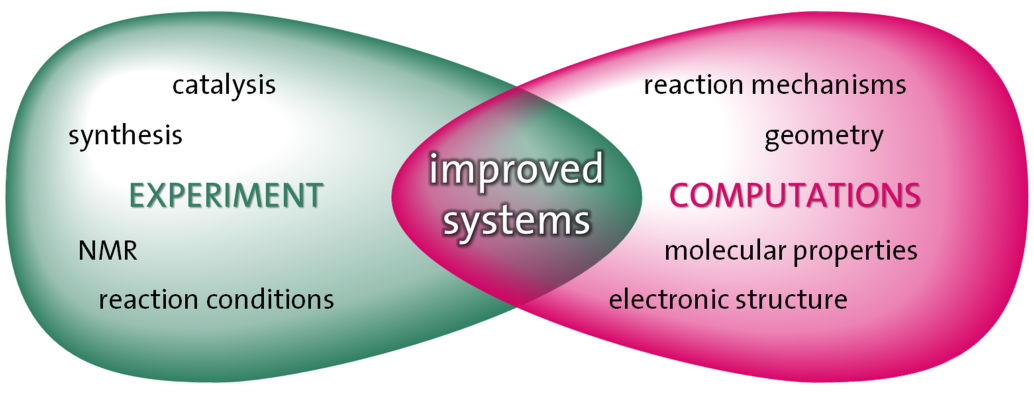
Amalia POBLADOR BAHAMONDE
The focus of our group is to reach an in-depth theoretical understanding of regio- and enantion-selective processes.
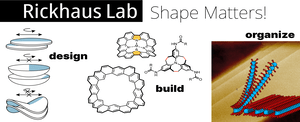
Michel RICKHAUS

Aurelien ROUX
Mon groupe de recherche vise à mieux comprendre comment la mécanique des membranes lipidiques peut influencer la vie des cellules. L'enveloppe des cellules vivantes est faite d'une bicouche lipidique dont l'imperméabilité et la déformabilité assurent les changements de forme des cellules tout en gardant son contenu spécifique. Nous sommes intéressés à comprendre comment les propriétés mécaniques des membranes peuvent contraindre plusieurs processus cellulaires à l'échelle moléculaire, cellulaire et multi-cellulaire. En particulier, nous nous sommes concentrés sur la façon dont la tension de la membrane et sa rigidité influencent le trafic intracellulaire (en particulier l'endocytose et le trafic Golgien) et la division cellulaire (en particulier la cytocinèse). Nous avons récemment commencé à nous intéresser aux systèmes multi-cellulaires, en particulier les épithéliums, où il a été proposé que la tension de la membrane joue un rôle dans la réorganisation des cellules lors de la morphogenèse des organes.
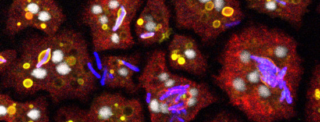
Thierry SOLDATI
The major aim of my group is to understand the integration of signalling, cytoskeleton and membrane trafficking in phagocytosis and its relevance to host-pathogen interactions. To this end, we use the social amoeba Dictyostelium as a model organism as it is a is genetically and biochemically tractable professional phagocyte very similar to phagocytes of the innate immune system in morphology and behaviour.
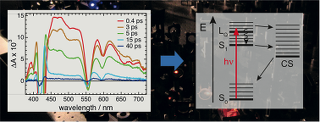
Eric VAUTHEY
Photochimie ultrarapide: développement et applications de méthodes de spectroscopie optiques, études de processus moléculaires photoinduits et ultrarapides en phase condensée et aux interfaces liquides.
